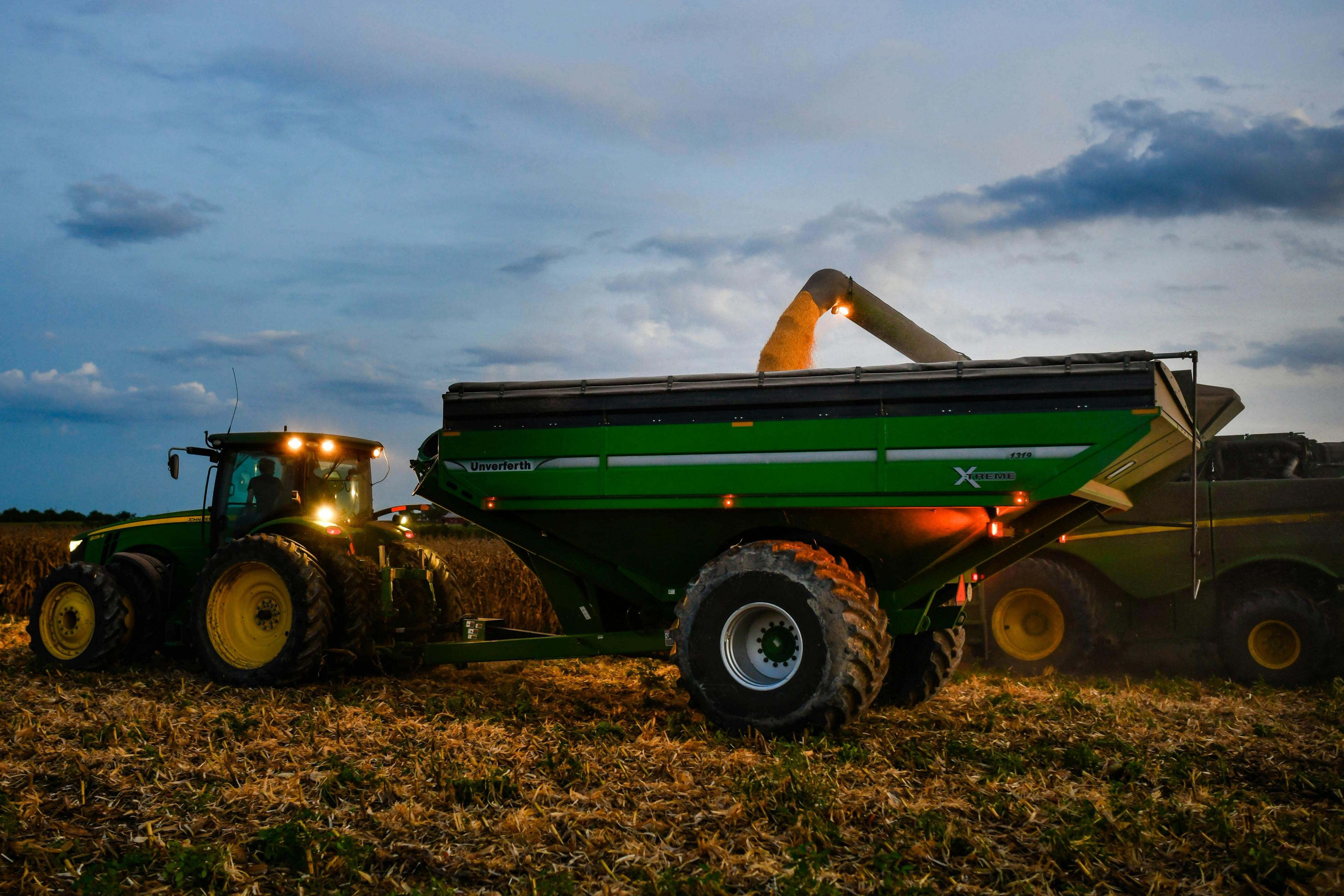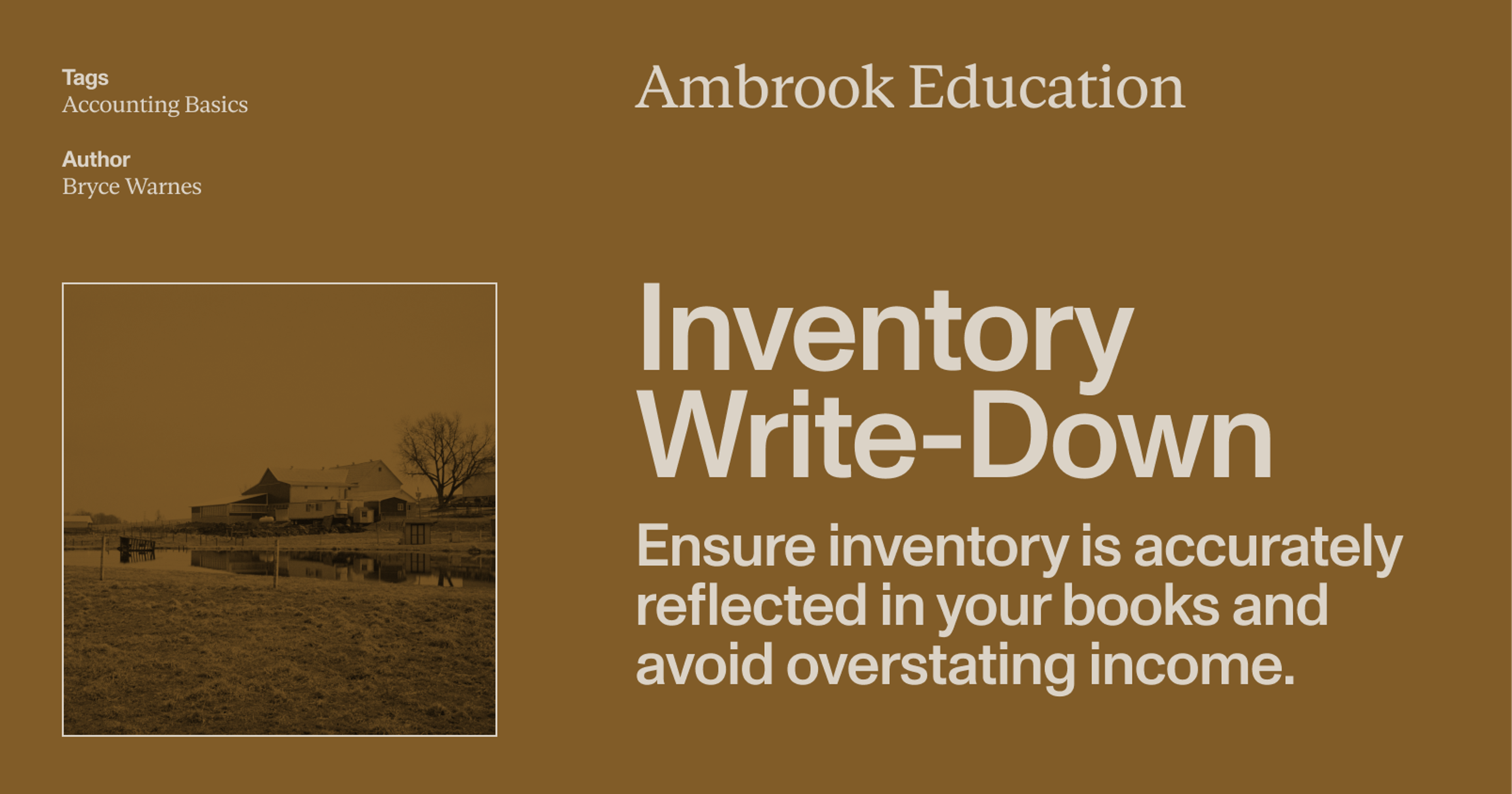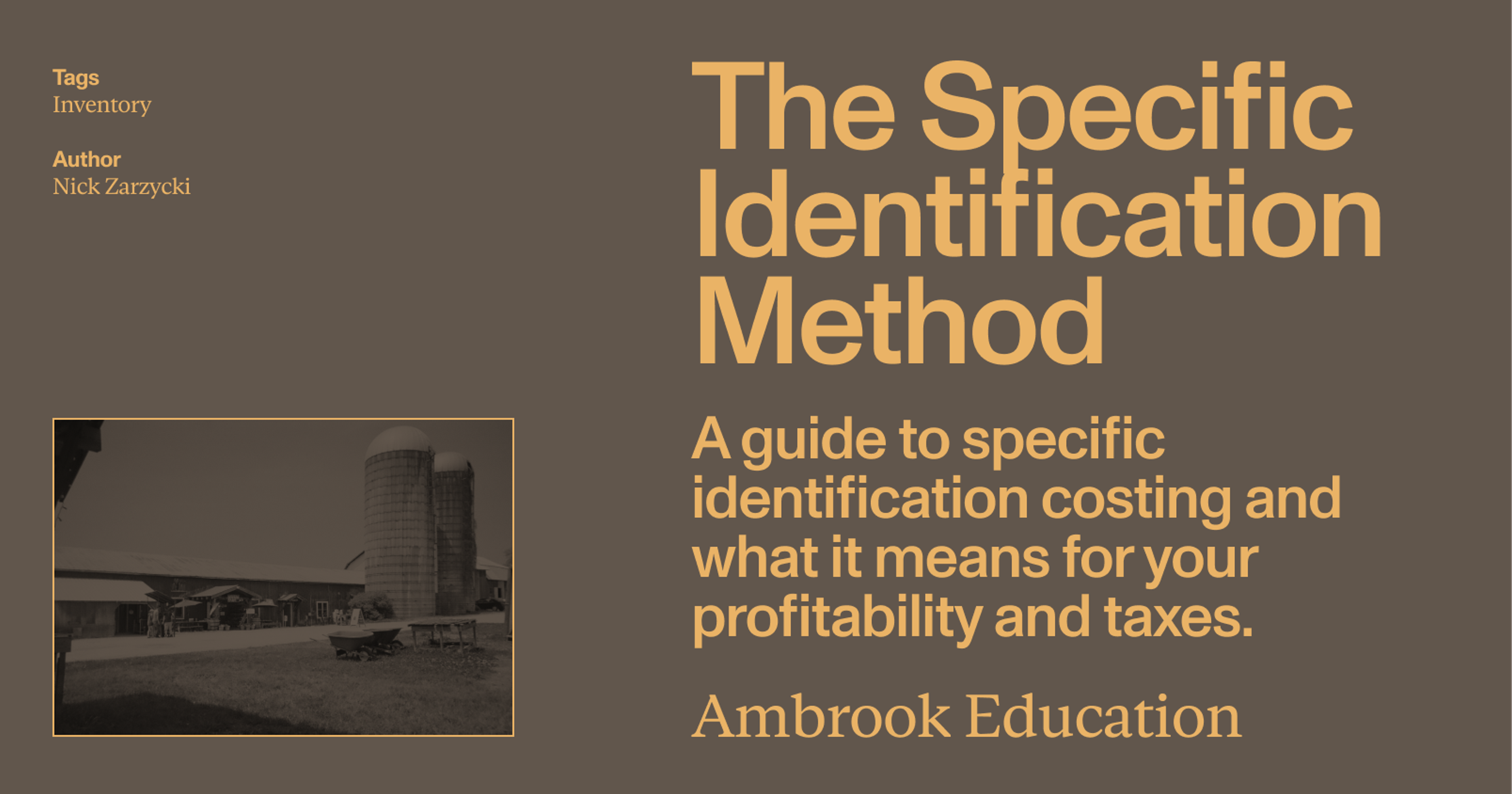LIFO assumes that newer, more recently-produced or purchased inventory is sold or used first. Here’s what that means for your profitability and your tax bill.
While most agricultural producers naturally use older products first, there’s another way to account for how inventory moves: last-in, first-out (LIFO). While less intuitive than first-in, first-out (FIFO), the LIFO method can have a big impact on your operation’s reported costs, profitability and taxes. Here’s what you need to know.
What is the last-in, first-out (LIFO) method?
When goods that are difficult to separate and track individually (like feed, fuel, fertilizer and crops) are purchased or produced at different prices throughout the year, businesses must choose a costing method to calculate costs and inventory values. Some commonly-used costing methods include:
Under the last-in, first-out (LIFO) method, you assume that the most recently purchased or produced items are the first ones sold or used.
This approach often results in higher cost of goods sold and lower taxable income during inflationary periods, since it matches the most current (and usually higher) costs against current revenues.
Read more: Farm Inventory Accounting 101
How does LIFO work?
Let’s say a dairy farmer purchases the corn silage they need to get through feeding season in several batches. Each batch costs a different amount due to changes in local availability and prices:
| Date | Quantity (tons) | Cost per ton | Total cost |
|---|---|---|---|
| Sept 25 | 100 tons | $40.00 | $4,000 |
| Oct 20 | 100 tons | $45.00 | $4,500 |
| Nov 25 | 100 tons | $50.00 | $5,000 |
Let’s say the operation uses 250 tons of corn silage during the feeding season, and wants to calculate its feed costs for that period, as well as the value of the remaining feed inventory.
Under LIFO, the producer assumes the following:
The first 100 tons come from the Nov 25 batch at $50/ton
The next 100 tons come from the Oct 20 batch at $45/ton
The next 50 tons come from the Sept 25 batch at $40/ton
To calculate feed costs under LIFO, the producer would make the following calculations:
Total feed costs = (100 x $50) + (100 × $45) + (50 × $40)
Total feed costs = $5,000 + $4,500 + $2,000
Total feed costs = $11,500
To calculate ending inventory under LIFO, the producer would assume the remaining unused 50 tons come from the Sept 25 batch at $40/ton:
Ending inventory value = 50 tons x $40/ton
Ending inventory value = $2,000
LIFO vs. first-in, first-out (FIFO)
So under LIFO, total feed costs are $11,500 and ending feed inventories are valued at $2,000. Now let’s look at the same example but from a FIFO perspective.
Under FIFO (first-in, first-out), the farmer assumes the oldest feed is used first. In other words:
The first 100 tons come from the Sept 25 batch at $40/ton
The next 100 tons come from the Oct 20 batch at $45/ton
The next 50 tons come from the Nov 25 batch at $50/ton
To calculate feed costs under FIFO, the producer would make the following calculations:
Total feed costs = (100 × $40/ton) + (100 × $45/ton) + (50 x $50/ton)
Total feed costs = $4,000 + $4,500 + $2,500
Total feed costs = $11,000
To calculate ending inventory, they would assume the remaining unused 50 tons come from the Nov 25 batch at $50/ton:
Ending inventory value = 50 tons x $50/ton
Ending inventory value = $2,500
Under FIFO, total feed costs ($11,000) are lower than under LIFO ($11,500) because the oldest, lower-cost feed is assumed to be used first.
The ending inventory value under FIFO ($2,500) is also higher than under LIFO ($2,000) since it assumes the most recent, higher-cost feed remains in inventory.
Read more: First-In, First-Out (FIFO): Definition, Examples and Best Practices
When should producers use LIFO?
Generally speaking, when prices are rising, FIFO results in higher reported profit and higher taxable income, but it also gives a more accurate reflection of the current value of inventory on the balance sheet. In short, FIFO matches older, cheaper costs with current sales, leaving newer, higher-cost feed in inventory—making it the preferred method when you want your books to reflect current market values and inventory worth.
Producers may choose LIFO as a tax and financial management tool, especially during times of rising prices. Under LIFO, the newest and typically most expensive inputs or products are assumed to be used or sold first. This raises the cost of goods sold (COGS) and lowers reported profits, which in turn reduces taxable income and helps conserve cash for reinvestment in the operation. It also aligns current revenues with current costs, giving a clearer picture of profitability in inflationary years.
How do I elect LIFO for tax purposes?
To elect LIFO, you must file IRS Form 970, Application to Use LIFO Inventory Method with your timely filed tax return for the first year you want to use it. Once elected, LIFO must be used consistently each year unless the producer later files Form 3115 to change methods.
Because LIFO requires detailed inventory tracking and can affect taxes long-term, it’s best to consult a tax professional before making the election.
Use Ambrook to take stock of your finances
Ambrook is a complete financial platform for your agricultural operation. With Ambrook, you get a complete set of books and detailed financial insights—making it easier to value inventory, calculate your profit, and plan for the future.
With time-saving bookkeeping automation features, automatically-generated financial reports, streamlined bill pay and invoicing, and other powerful accounting and financial management tools, Ambrook takes the guesswork out of running your business. Want to learn more? Schedule a demo today.
Want to learn more about Ambrook?
This resource is provided for general informational purposes only. It does not constitute professional tax, legal, or accounting advice. The information may not apply to your specific situation. Please consult with a qualified tax professional regarding your individual circumstances before making any tax-related decisions.






